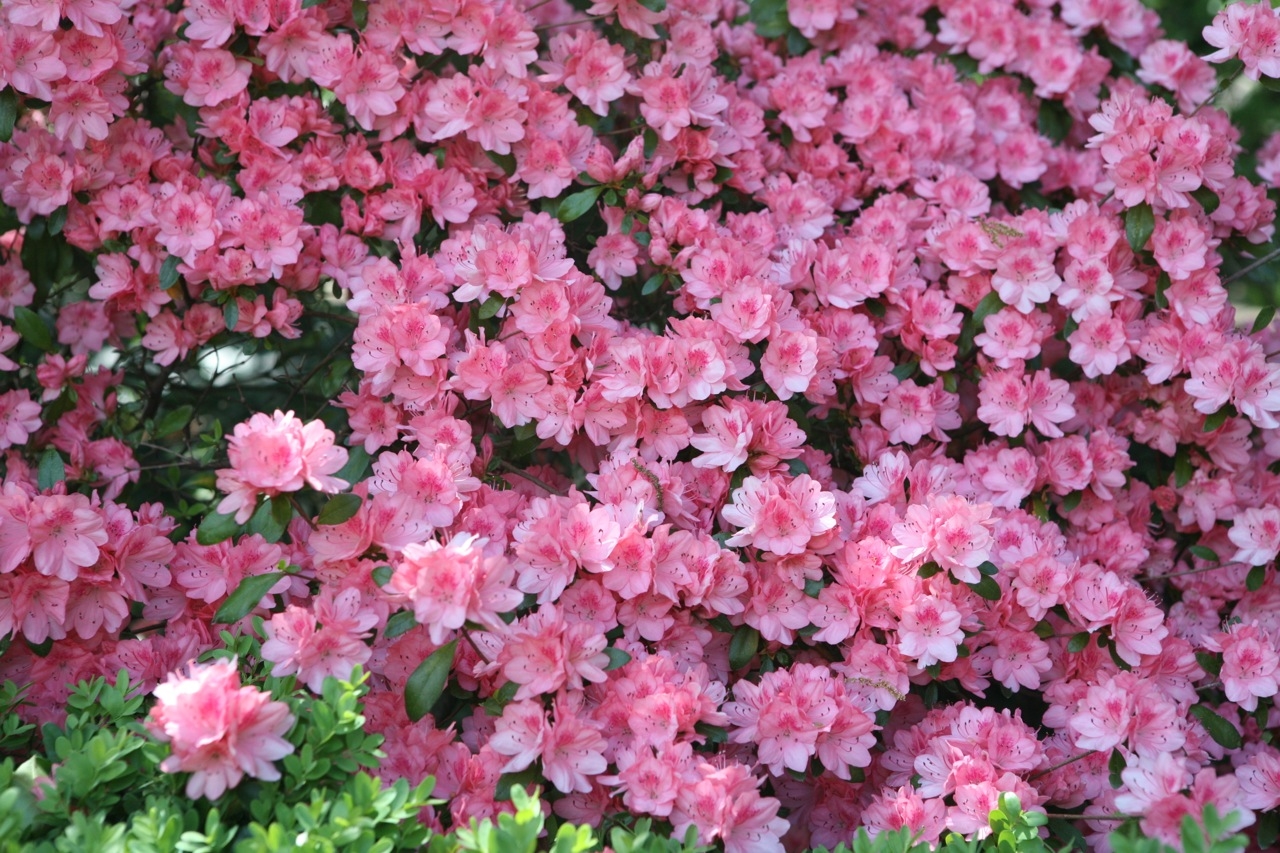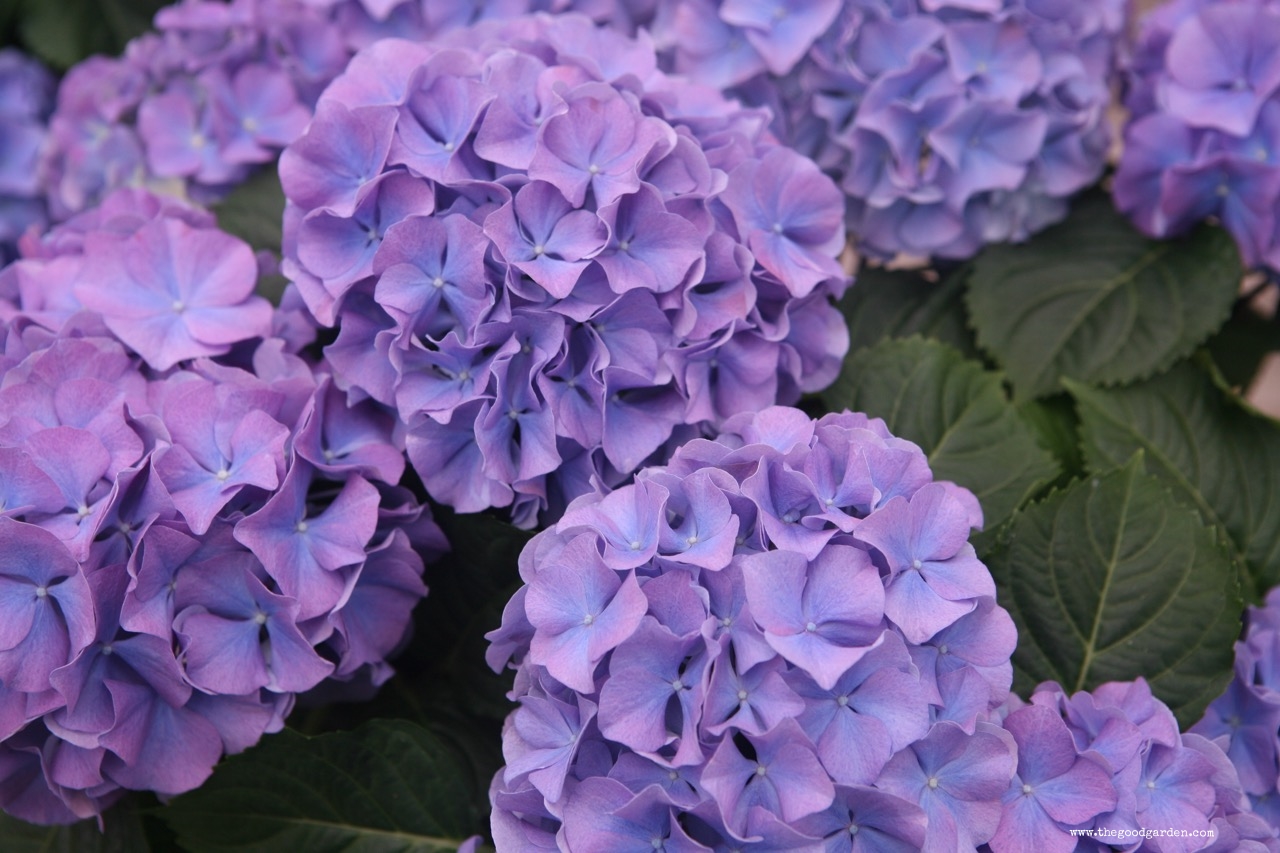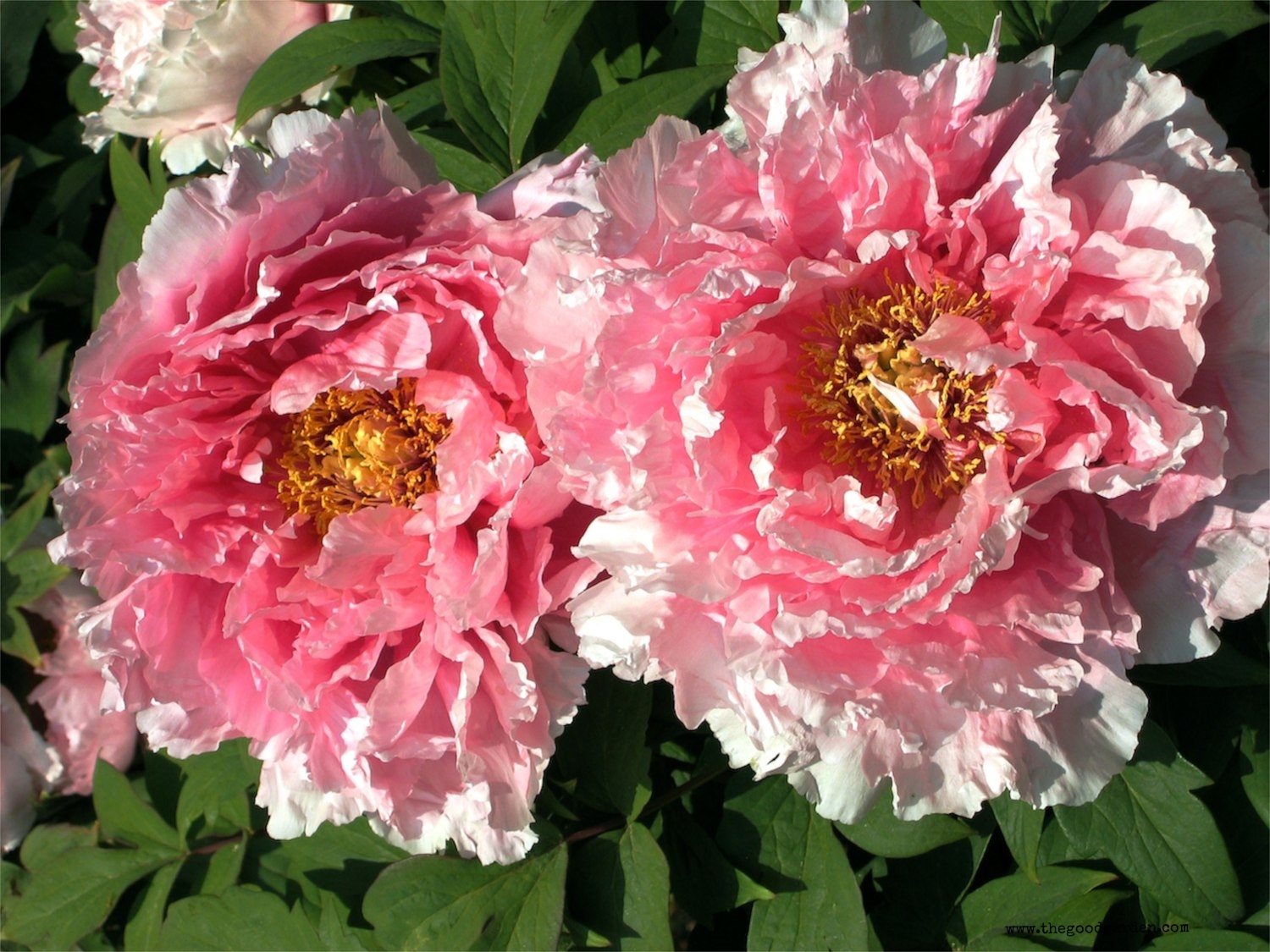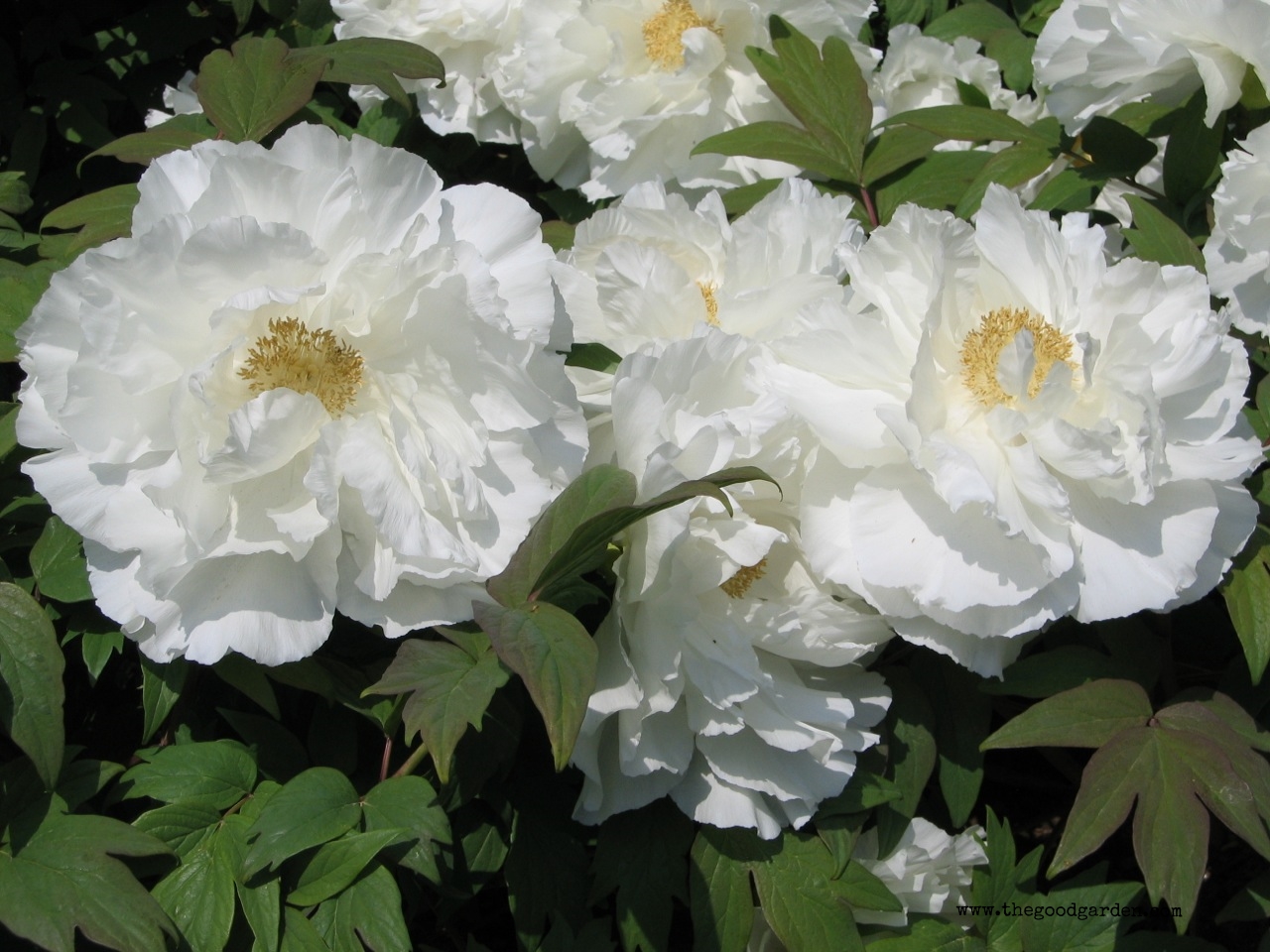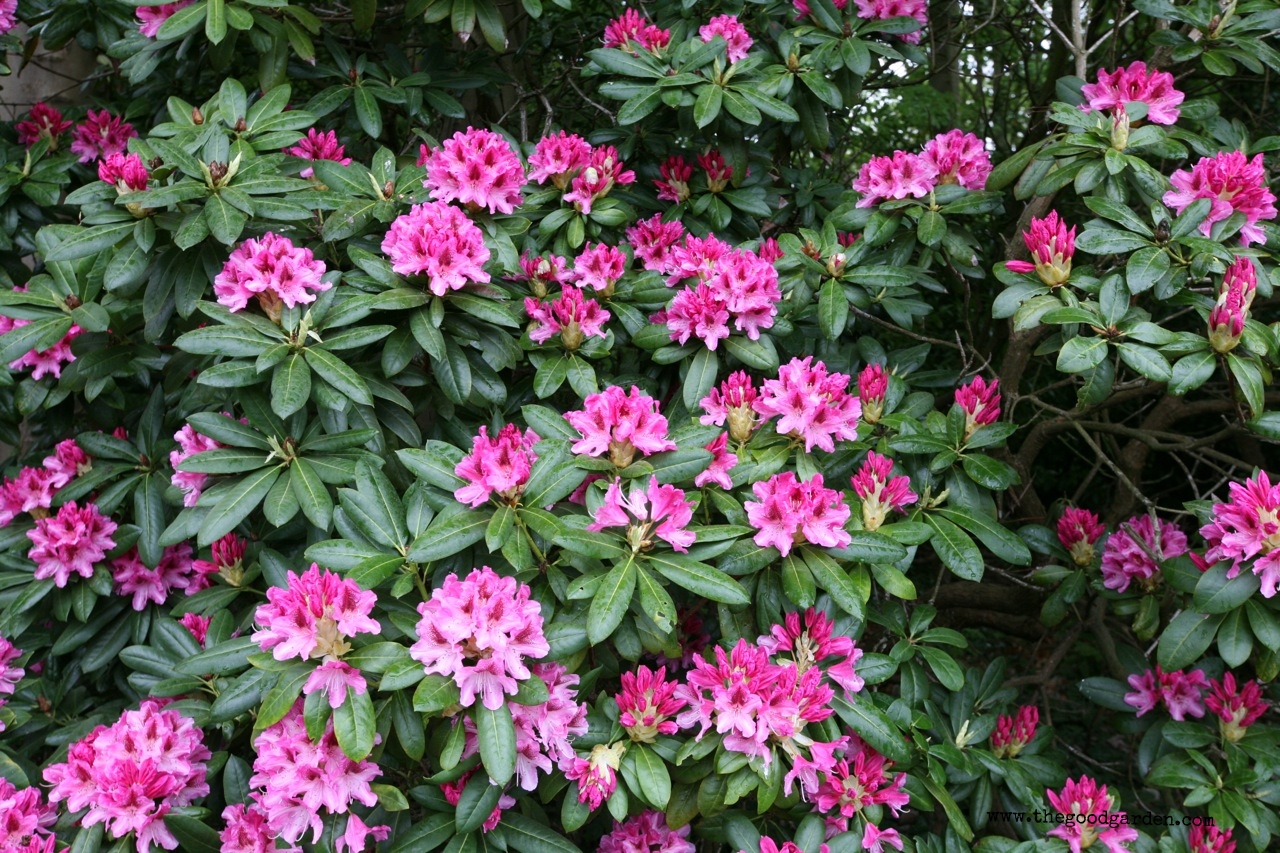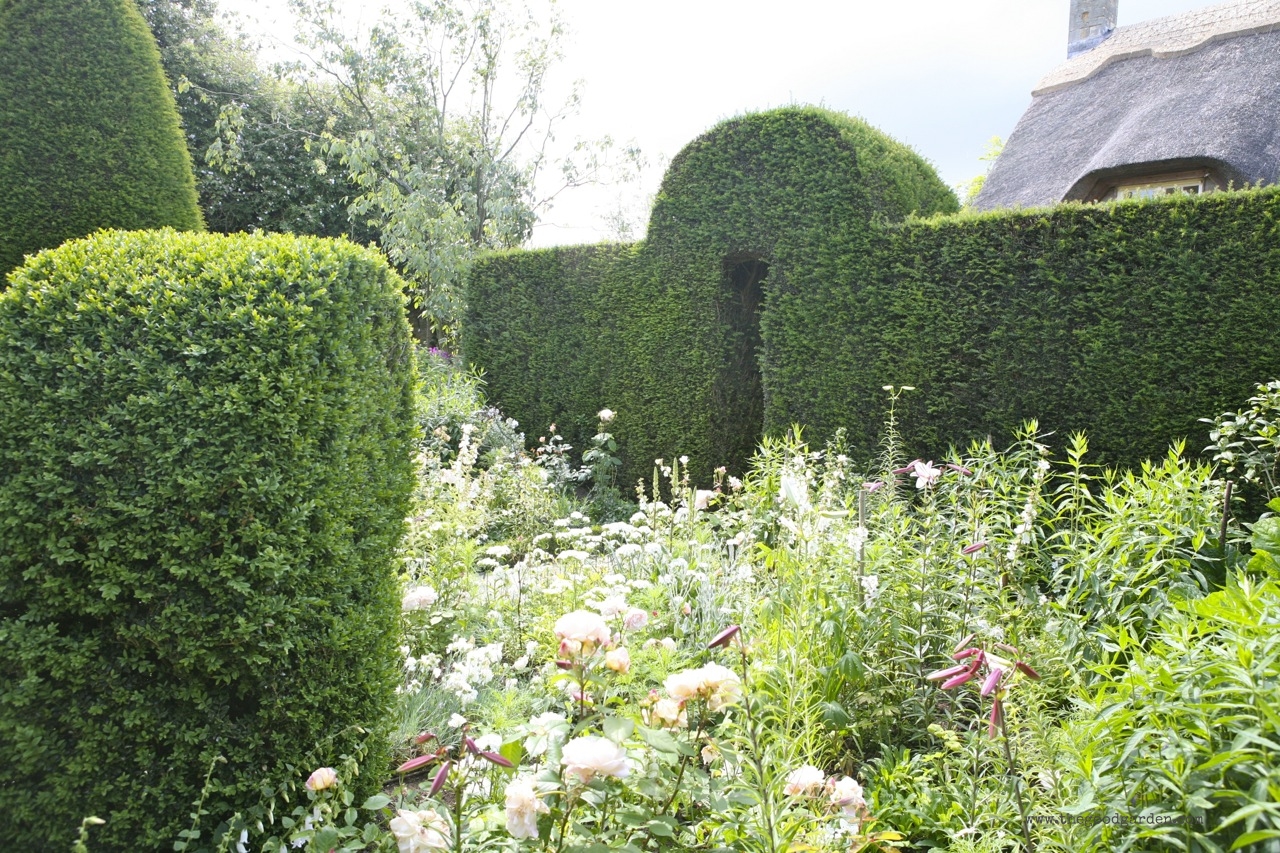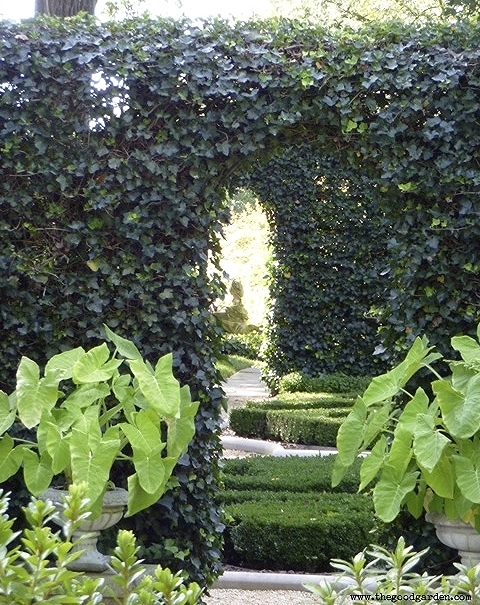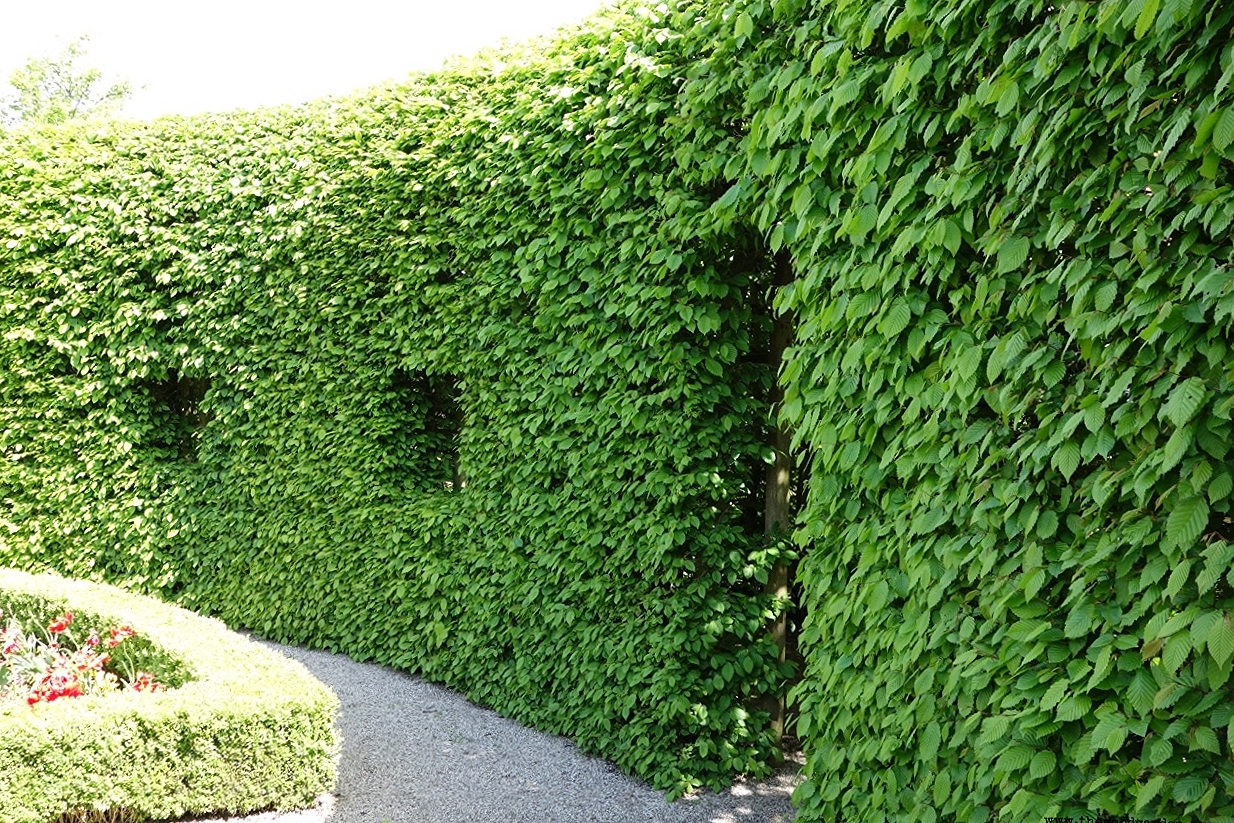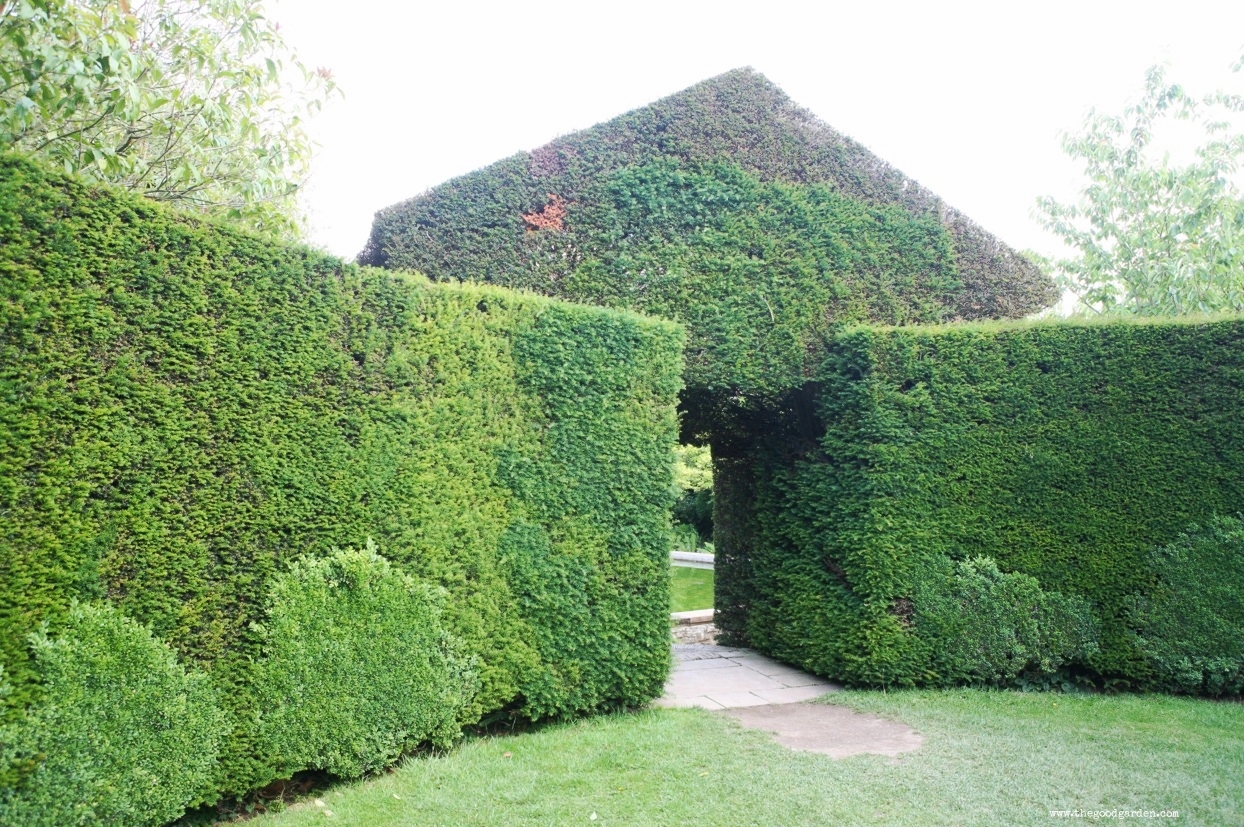"The gorgeous dahlia that nods over the flower bed - the brilliant peony that sparkles on the parterre - the lovely camellia that greets you in the greenhouse - ...the azaleas, the rhododendrons,... the gerania, and a thousand other beauties, are on all of them, the gifts of the plant hunter." - from Captain Mayne Reid’s 1858 book The Plant Hunters.
Plant hunters, the Wardian case, horticultural knowledge, and the large scale green house all made the gardenesque style possible.
A Wardian case at Chelsea Physic Garden, London.
Botanists joined expeditions from Europe to explore the corners of the earth in search of exotic plant species. Their motivation: science, profit, adventure, and fame. Joseph Banks’ first voyage from 1768-71 on the Endeavor took him to South America, Tahiti, New Zealand and Australia. Marianne North was one of the only women in the field, and as an inspiration to mid-life career changers, she started her expeditions at the age of 40. Paintings she made in the field are on display at Kew Gardens in London.
In 1829, the Wardian Case increased the likelihood that plants would survive their return to Europe. This small glass case protected plants during harsh trips. In 1841, Joseph Hooker first used the Wardian case to ship plants back from New Zealand and India.
As people learned about the propagation of exotics and began to build and use large scale green houses, these new plants could be grown in commercially viable quantities.
European and American gardeners owe a great deal to the plant hunters. Azaleas came from Japan to Europe in 1680 as popular greenhouse plants; then came to the United States from England in 1848.
The tree peony was imported to Europe in 1789 by Joseph Banks, and made it to North America in the 1830’s.
Hydrangeas, mostly from Asia, were first introduced by Joseph Banks from a Chinese garden in 1739. Other popular hydrangeas came later: the PeeGee hydrangea, for example, came from Japan in 1862.
Hooker shared some insight behind his desire to focus on plant exploration in a letter he wrote to Charles Darwin in 1854: "From my earliest childhood I nourished and cherished the desire to make a creditable journey in a new country, and write such a respectable account of its natural features as should give me a niche amongst the scientific explorers of the globe I inhabit, and hand my name down as a useful contributor of original matter."
Joseph Banks. A key plant explorer whose work shaped what we garden with today. Source: Natural History Museum.
Joseph Hooker. One of the first to use the Wardian case. Source: Encyclopædia Britannica
Photograph of Marianne North at her easel. Her paintings are on display at Kew Gardens. Source: PlantExplorers.com

